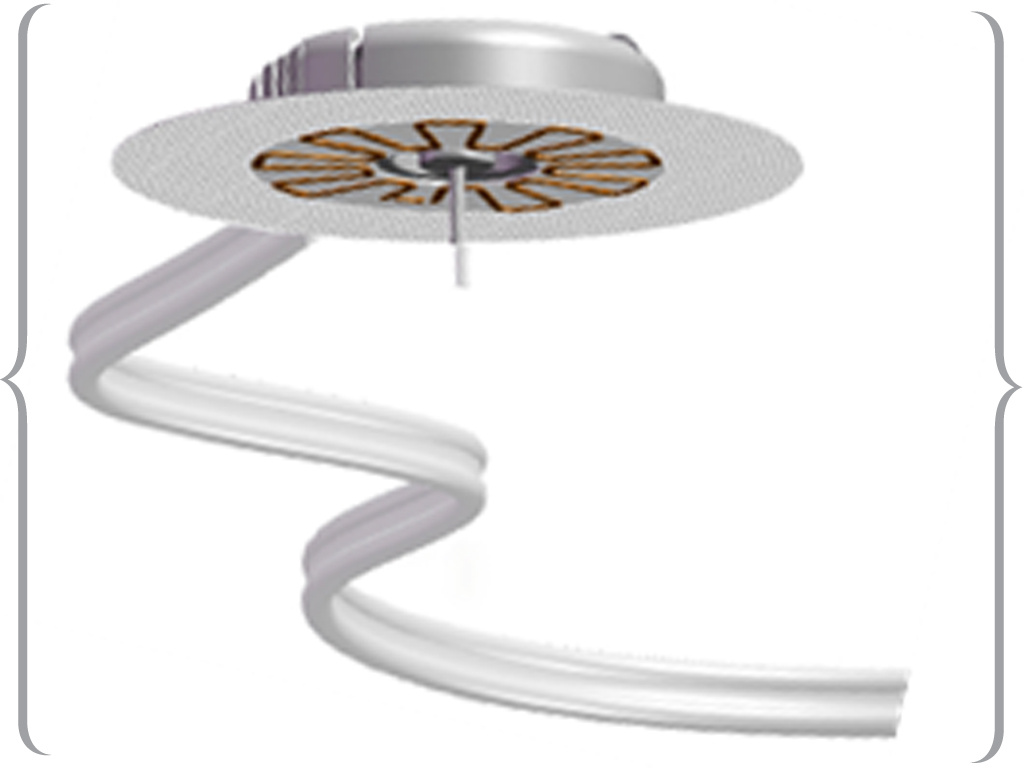12 Hours Without Insulin Because of a Flaw in My Pump
A special trust develops when every moment of your life is connected to your pump and CGM, until that technology fails you

It seems counter-intuitive that the more of a constant something is in your life, the easier it is to forget. But in my experience, that’s how it is to live with diabetes.
- It’s something you deal with every second of every day.
- Each meal requires a bolus. Each time you leave the house or get in the car, you are aware of your blood sugar and where the nearest supply of glucose is.
- You can’t go for a walk or take a nap without considering how it will affect your diabetes and how your diabetes will affect it.
Yet, somehow, it’s just as easy for those things to fall out of your consciousness and become something you deal with on autopilot. It’s like not being able to remember your drive to work or grabbing your purse and keys without having a conscious thought of doing so.
Having a pump and CGM to rely on makes managing your diabetes on autopilot that much easier.
Because technology is free of the forgetful flaws of human nature, it would seem a safer bet to leave diabetes in the hands of your devices.
Until those devices fail to do even the very basics to keep you safe.
Never Change Your Site Before Bed
I recently wrote an article for Insulin Nation about common practices many diabetics do that actually increase their risk of DKA. While I did caution readers about putting too much trust in their pump, I failed to include in that article one newer rule I have been trying to follow: Never change your infusion set before bed.
This concept first occurred to me while researching the physiological process behind diabetic ketoacidosis. Because pumps dispense short-acting insulin, it only takes a couple of hours to go from normal insulin levels to none at all if your insulin delivery is interrupted. This can lead to a serious disaster if you happen to be asleep when it happens.
Since the odds of having a blocked pump or other delivery failure go up dramatically after inserting a new set, it’s best not to change your site or reservoir right before bed.
While I have been trying to be better about following my own rule, I also know that if anything is wrong with my set, my CGM alarm will wake me up as soon as my blood sugar rises.
Or at least, I thought I knew that.
One Simple Flaw
I broke my rule last night after a hectic day led me to put off a set change until about 8 pm. I wasn’t overly concerned since I had changed my CGM sensor recently and it had been running accurately ever since.
I flew through my set change routine while simultaneously putting a toddler to bed and trying to get myself ready for an early turn-in. Once the reservoir was filled and the site attached, I hooked my pump back up and focused on letting the dogs out, getting the cat in, and the dishes done.
This morning, I woke up early after a rare, disruption-free night of sleep, and got right to work on my latest article. At some point, a thought fluttered through my mind about how quiet my pump had been all morning. No calibration alarms, no rise alerts. But just as quickly as the thought came, it was pushed into the background as I rushed to get my toddler up and make breakfast.
It wasn’t until my own breakfast was ready at about 8 am that I finally looked at my pump. I meant to bolus for the bowl of oatmeal I was already halfway through. Instead, I dropped the spoon and gasped.
My pump was showing the same “fill reservoir” screen that it had during my set change the night before. As my foggy mind tried to decipher what was happening, I instinctively clicked the next button and continued through the step to fill the site cannula.
At about the same time that I realized what had happened (and what it meant), the cannula finished filling and a barrage of CGM alerts popped up on the screen.
My jaw dropped and a string of not-so-toddler-friendly words fell out.
I had never completed the set change from the night before. I had two buttons left to click when I reattached my pump 12 hours earlier. And somehow, because that screen was active, it had blocked every CGM alert that would have told me that my blood sugar had climbed over 300 while I was sleeping.
Too Much to Ask?
It’s funny how you feel sicker when you realize you are sick. Immediately my head hurt, my stomach ached, and my mind went extra-foggy. Just for fun, I tested for ketones. I had been without insulin all night, there was no doubt I was throwing more than a moderate amount of them.
I debated taking my correction (plus the bolus for the meal I had just eaten) by pump or direct injection. I finally settled on half and half and followed that up with another direct dose an hour later.
I’m not sure if my blood sugar stayed high because my new site was clogged now that it had sat stagnant all night or because I was so angry at how such a stupid little flaw could exist in such a high tech device. This was a MiniMed 670g, after all; A pump capable of running in a hybrid closed loop auto mode. A pump that multiple news outlets had dubbed the artificial pancreas when it first came out.
And somehow it wasn’t smart enough to tell me that I had been trying to fill my reservoir for 12 straight hours!?!
How is there no timed alarm for set change screens? How is it possible for 10 high blood sugar alerts to be completely silenced just because the home screen isn’t active?
These are all questions I’ve brought up to Medtronic in the hopes that they can write that one extra line of code into their new pumps and maybe save a few lives. But really, I have no one to blame but myself. I broke two of my own DKA-avoidance rules and (surprise surprise) ended up in DKA.
Lesson to share
I know many of us T1Ds put our devices in the driver’s seat more often than we should. I was lucky enough to discover this “little” flaw in my pump’s design and come out of it with only a bad headache.
It could have been a lot worse and next time it might be. But after this incident, I now have a healthy skepticism of my devices. And hopefully, that will keep anything like this from happening to me again.







